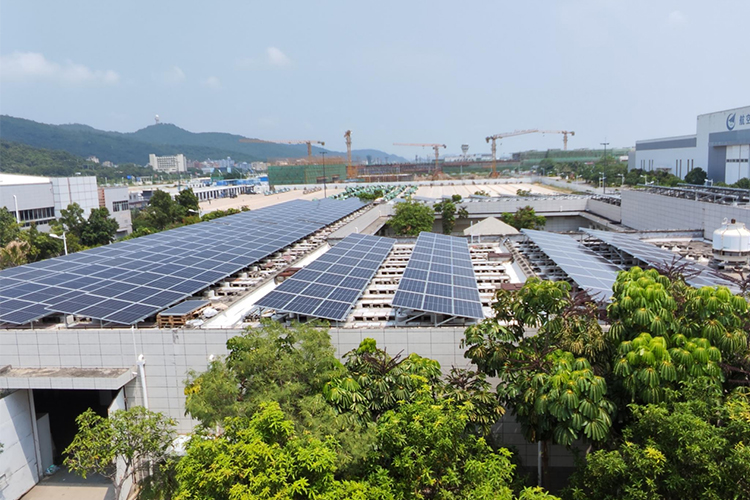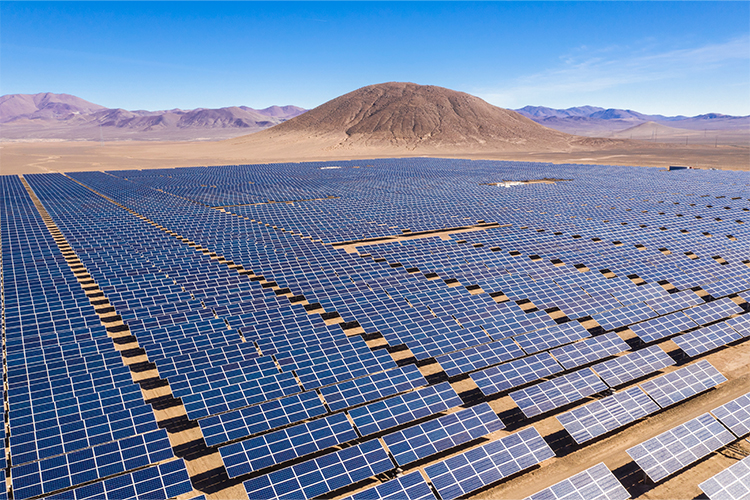
To fulfill the goal of local power generation and local use, distributed solar power generation involves installing photovoltaic power generation equipment on various surfaces, such as building roofs, walls, and parking lots. By maximizing the use of the available space within the building, this method helps to lessen the impact on the environment by cutting down on pollution, transmission losses, and large-scale land occupation.
The autonomy and adaptability of distributed PV power generating is a major plus. The proximity of the power producing equipment to the user allows it to reliably and rapidly adapt to fluctuations in power demand. Also, power loss is decreased and energy usage efficiency is improved as a result of fewer grid transmission links. Further improvement in energy consumption efficiency and reliability can be achieved by combining distributed photovoltaic power generation with other building energy systems to establish a multi-energy complementary energy supply system.
While there are many benefits to distributed PV power generation, there are also some drawbacks. Because of the dispersed nature of the power producing equipment, the scale is tiny, and the complexity of scheduling and management is high. Not to mention that environmental variables like light intensity and weather variations have a significant impact on distributed PV power generation, which means that its stability and capacity to generate power might be negatively impacted.

On the other hand, PV power plants can be centrally built to meet regional power needs under the centralized approach. Scalability, high capacity, consistent performance, and accommodating a broader spectrum of power demands are some of the model's benefits. Typically, centralized PV power plants are constructed in regions with ample light resources and expansive land areas. The power is then transmitted to individual consumers through state-of-the-art technology and extremely efficient generators.
There are a number of obstacles to overcome in the implementation and improvement of the centralized PV power generation concept. One major issue is the substantial quantity of capital that is needed due to the lengthy building duration and high investment cost. Secondly, concerns like land acquisition and environmental evaluation could arise as a result of the massive footprint of large-scale PV power facilities. Also, grid transmission losses and stability concerns must be adequately handled because PV power stations are located distant from consumers.
There is great hope for the future of distributed and centralized PV power generation in China as a result of the country's ever-improving policies and technological infrastructure. Buildings, transportation, and other industries will keep seeing more integration of distributed photovoltaic power generation in an effort to optimize and upgrade the energy structure. To effectively address China's energy issues, centralized photovoltaic power generation will increase the volume and breadth of application.
In a nutshell, there are benefits and drawbacks to both the centralised and distributed PV power generation modes. In the future, as technology and policies continue to advance, these two modes will work together to boost China's photovoltaic industry's growth and contribute significantly to building an efficient, clean energy system.







